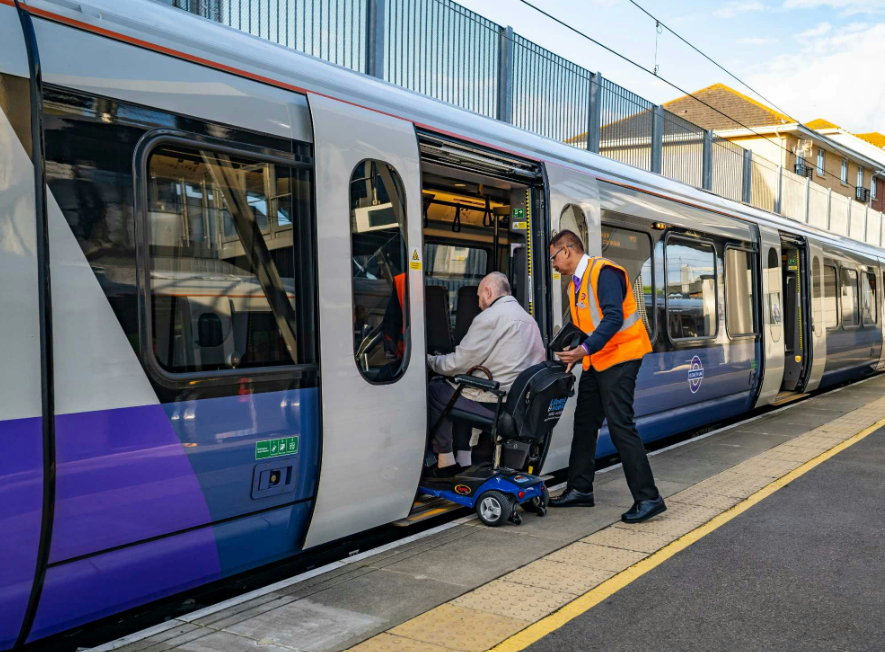Welcome to Simaru True Care's blog! If you're a Sydneysider or planning to visit the vibrant city of Sydney, you're likely considering your transportation options. In a bustling metropolis like Sydney, where traffic congestion can be a challenge, public transport emerges as a convenient and eco-friendly choice for getting around. In this article, we'll delve into everything you need to know about Sydney's public transport system, from trains to buses and ferries.
Understanding Sydney's Public Transport Network
Sydney boasts an extensive public transport network operated by Transport for NSW, offering seamless connectivity across the city and its suburbs. Here's an overview of the primary modes of public transport:
1. Trains
Sydney Trains operate an extensive network that covers the city center, suburbs, and even extends to the Blue Mountains, Central Coast, and South Coast regions. With frequent services and express trains during peak hours, trains provide a fast and efficient way to travel longer distances within Sydney and beyond.
2. Buses
The Sydney bus network is vast and complements the train and ferry services, reaching areas where trains and light rail don't. From suburban routes to inner-city shuttles, buses are a flexible option for navigating Sydney's streets. Look out for the iconic red buses that traverse the city.
3. Ferries
Sydney's picturesque harbor is not just a sight to behold but also a key transportation route. Sydney Ferries connect the city with its surrounding suburbs, offering a scenic and enjoyable way to travel. Whether you're commuting to work or exploring tourist hotspots like Manly or Taronga Zoo, ferries provide a unique perspective of Sydney.
4. Light Rail
The light rail network in Sydney has undergone significant expansion in recent years. With modern trams connecting the CBD with suburbs like Randwick and Dulwich Hill, light rail offers a comfortable and environmentally friendly mode of transport, especially for those residing in the inner west and eastern suburbs.
Navigating Sydney's Public Transport System
Opal Card
The key to accessing Sydney's public transport network seamlessly is the Opal card. This reusable smart card allows you to tap on and off trains, buses, ferries, and light rail, ensuring you pay the correct fare for your journey. You can easily top up your Opal card online, at stations, or authorized retailers.
Timetables and Apps
Stay informed about service timings and routes by consulting official timetables or using mobile apps like Transport for NSW's Trip Planner or third-party apps such as TripView. These apps provide real-time information on schedules, delays, and alternate routes, helping you plan your journey effectively.
Accessibility
Sydney's public transport system is designed to be accessible to people of all abilities. Trains, buses, and ferries are equipped with features such as ramps, priority seating, and audio announcements to assist passengers with disabilities or mobility challenges.
Tips for a Smooth Journey
- Plan Ahead: Check timetables and plan your journey in advance to avoid unnecessary delays.
- Peak Hours: Be mindful of peak-hour congestion, especially on trains and buses, and consider traveling outside peak times if possible.
- Interchanges: Familiarize yourself with key interchange stations like Central, Town Hall, and Circular Quay, which connect multiple transport modes.
- Safety First: While Sydney is generally safe, it's essential to remain vigilant, especially when traveling late at night. Stick to well-lit areas and keep belongings secure.
Conclusion
Sydney's public transport system offers a convenient, efficient, and sustainable way to explore the city and its surroundings. Whether you're commuting to work, heading to a cultural event, or simply enjoying a day out, trains, buses, ferries, and light rail provide a range of options to suit your needs. With careful planning and the right information at your fingertips, navigating Sydney's public transport network becomes a breeze, allowing you to focus on enjoying everything this vibrant city has to offer.





Comments